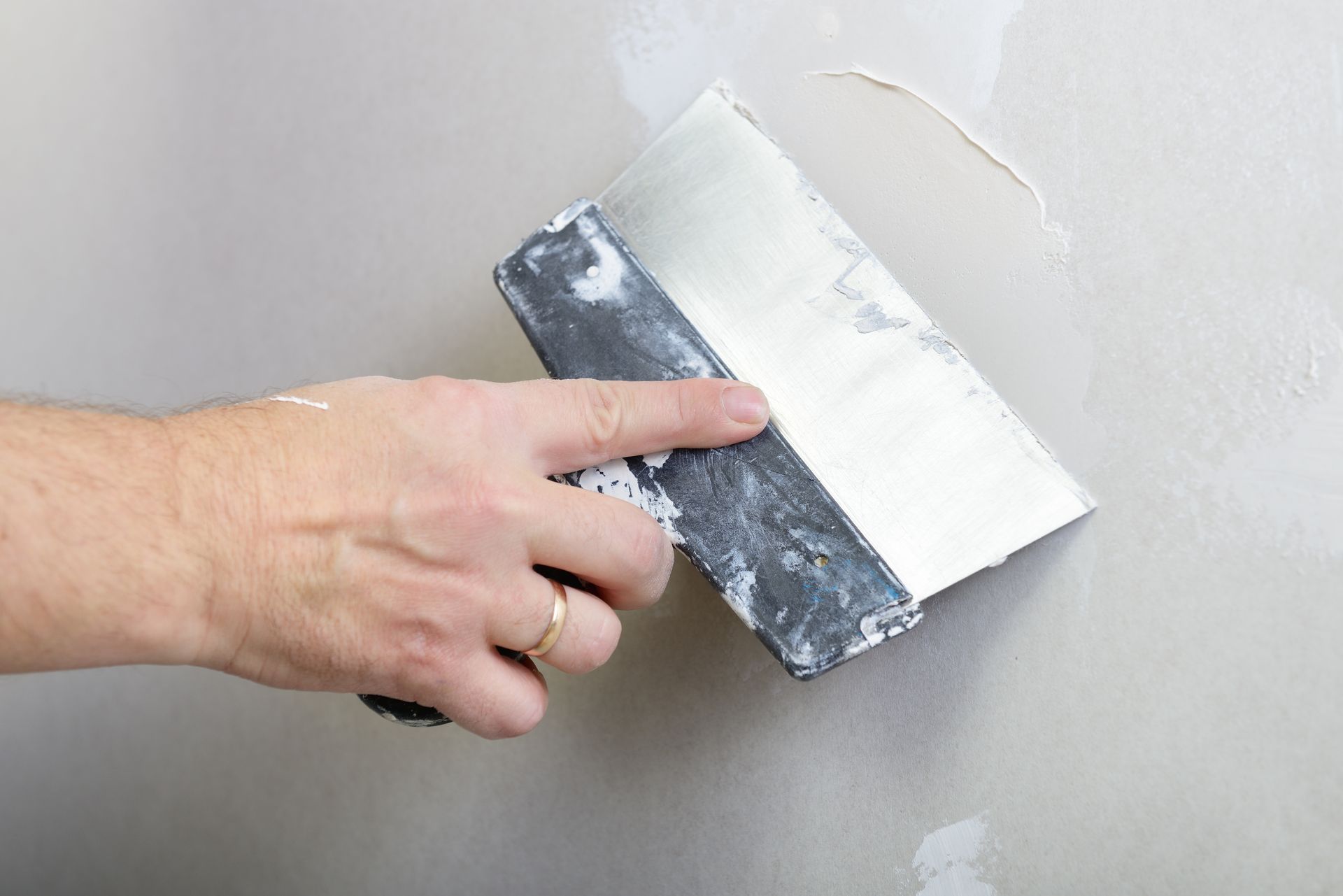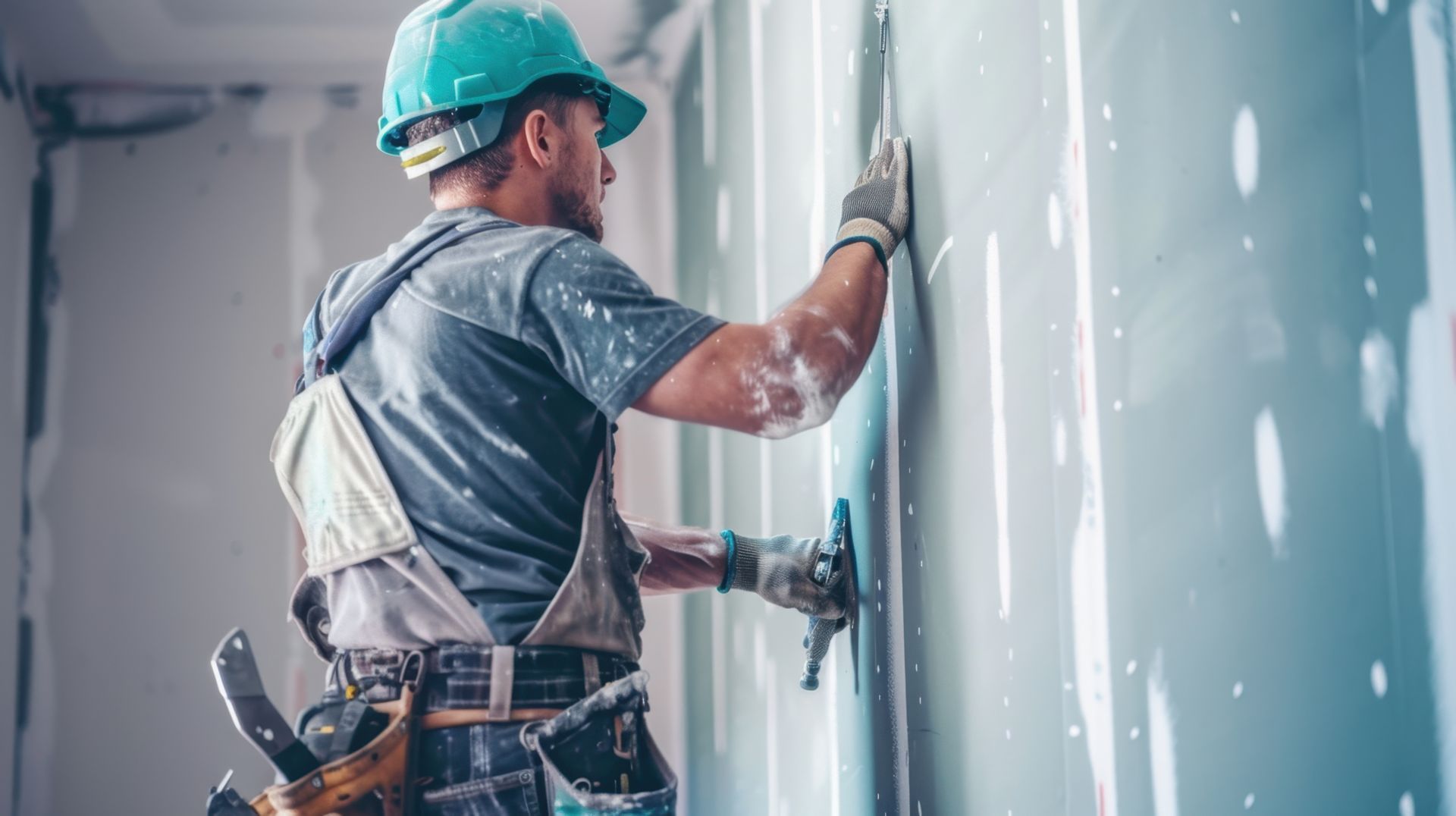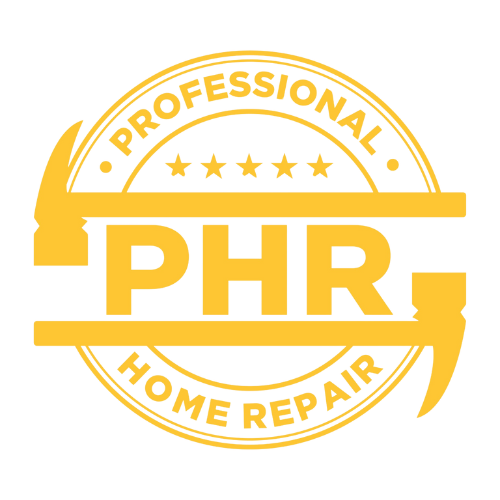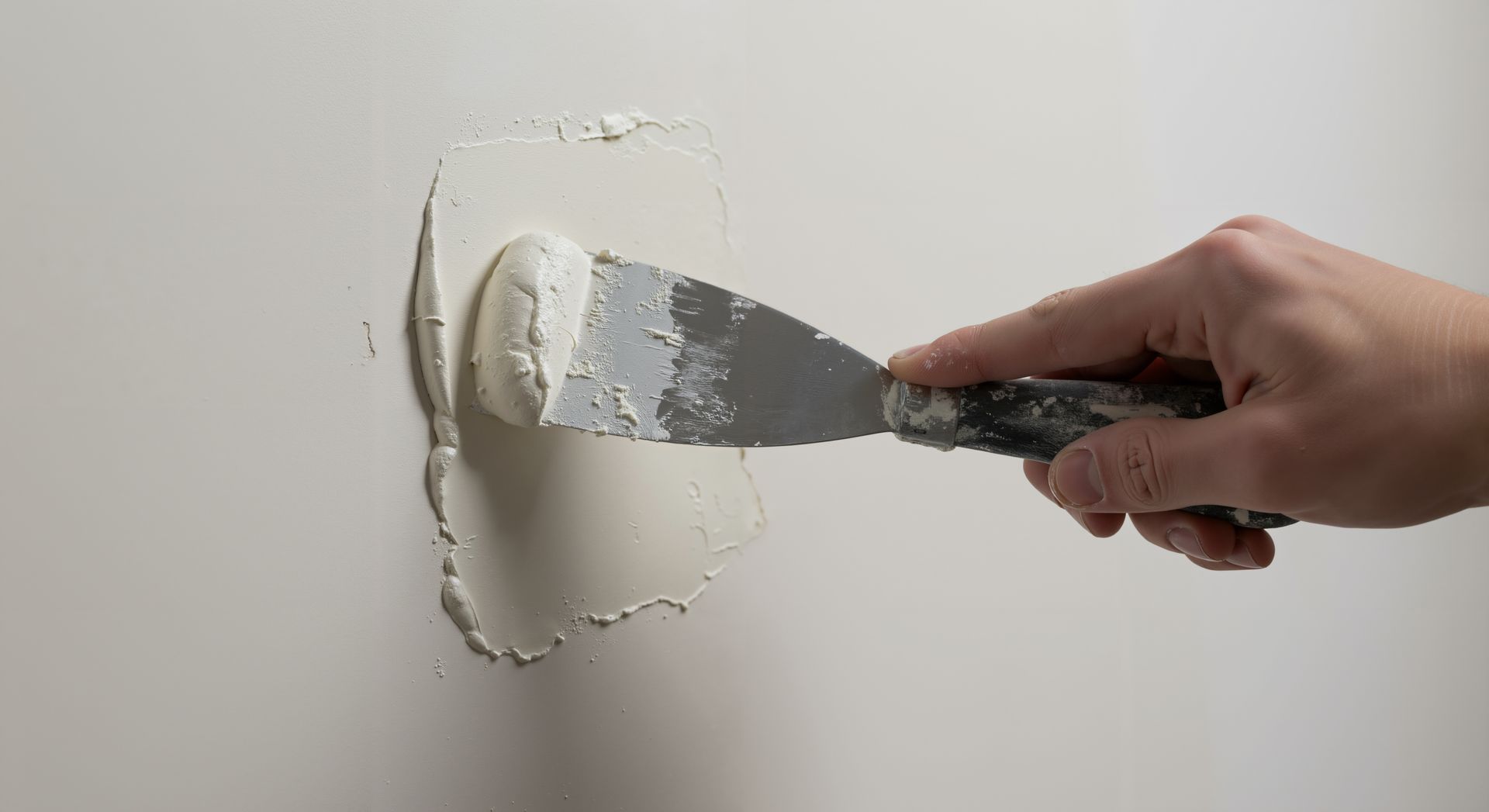How to Patch and Paint Drywall Like a Pro

Drywall repair is a common task in home improvement, but doing it correctly requires some skill and preparation. Whether you're dealing with small holes from nails or larger damage from accidents, patching drywall the right way ensures a smooth, professional finish. By following a few key steps, homeowners can achieve results that look like they were done by a pro. For those in need of expert services, drywall repair Mesa AZ professionals from Professional Home Repair offer reliable and high-quality solutions for seamless wall restoration.
Preparing the Surface
The first step in any drywall repair is preparing the surface. Proper preparation ensures that the patch adheres well and the final result is smooth.
Cleaning the Area
Dirt, dust, and debris can prevent the patch from sticking to the drywall effectively. Use a damp cloth or sponge to clean the damaged area, ensuring that no dust or debris remains. For greasy or stained areas, you may need to use a mild detergent. A clean surface allows the patch and joint compound to bond more securely, preventing future issues like peeling or bubbling.
Sanding the Edges
After cleaning, it’s essential to sand the edges of the damaged area. This step is especially important for larger holes or areas with jagged edges. Using medium-grit sandpaper, sand the area around the hole to create a smooth, even surface. This will not only help the patch sit flush with the wall but also aid in blending the repair seamlessly into the rest of the drywall when it’s time to apply the joint compound. Neglecting to do this step might lead to an uneven or rough finish.
Choosing the Right Patch Size
Selecting the right type and size of patch is key to ensuring a successful repair. The size of the damage will dictate the kind of patch you'll need to use.
Self-Adhesive Mesh Patches for Small Holes
Self-adhesive mesh patches are ideal for smaller holes, like those left by nails or screws. These patches are easy to apply—simply peel and stick them over the hole. The mesh creates a surface that allows the joint compound to adhere easily while providing support for the repair. Mesh patches come in a variety of sizes, so choose one slightly larger than the hole you’re repairing. This type of patch is ideal for damage under 4 inches in diameter.
Larger Cut-Out Patches for Bigger Damage
When the damage is larger, typically more than 4 inches in diameter, or where a piece of drywall is missing, a cut-out patch is required. This involves cutting a new piece of drywall to fit the hole precisely. First, trace the damaged area and cut a new piece of drywall to match. Secure the patch to the studs using drywall screws, then tape the seams with drywall tape. This method provides the structural support needed for larger repairs and ensures that the patch is strong enough to hold up over time.
Applying Joint Compound and Sanding
Once your patch is securely in place, the next step is applying joint compound, commonly known as "mud," to smooth the repair and blend it into the rest of the wall. Learn how the professionals tackle drywall textures when you read “Drywall Texturing Techniques: Professional Drywall Repair.”
Applying the First Coat
Use a wide putty knife to apply a thin layer of joint compound over the patch. Spread the compound evenly, ensuring it covers the patch and extends slightly beyond the edges. The key to a professional finish is feathering the compound outward, which means spreading the edges thinner as you move away from the patch. This creates a gradual transition from the patched area to the undamaged wall, helping to conceal the repair.
Drying Time and Sanding
After applying the first coat of joint compound, allow it to dry completely—this can take up to 24 hours depending on the product used. Once dry, use fine-grit sandpaper (around 120 to 150 grit) to smooth the surface. Sand lightly to avoid removing too much compound, focusing on eliminating ridges or uneven areas. This prepares the surface for the next layer of the joint compound.
Applying Additional Coats
To achieve a flawless finish, you’ll need to apply at least two more coats of joint compound, allowing each coat to dry and sand between applications. Each coat should extend further than the previous one, further feathering the edges and creating a smooth, even surface. The goal is to build up layers gradually, filling in any imperfections and blending the patch seamlessly into the wall.
Priming and Painting
Once the patched area is smooth and sanded, the final step is priming and painting to match the surrounding wall. Skipping priming can result in an uneven finish or visible patch lines.
Priming the Patched Area
Priming is a crucial step that many DIYers overlook. The joint compound is porous and absorbs paint differently than the surrounding drywall. Without a primer, the patched area can appear darker or lighter than the rest of the wall after painting. Apply a quality primer over the patched area to seal the surface and create a uniform base for the paint. This step ensures that the paint color looks consistent from the repaired section to the rest of the wall.
Painting for a Perfect Match
Painting can begin after the primer has set. Use the same type of paint (flat, semi-gloss, etc.) and color that’s already on the wall to ensure the patched area blends in seamlessly. Apply the paint in thin, even coats, allowing each layer to dry before applying the next. Depending on the wall color and the primer, you may need two or three coats for full coverage. Using a roller for larger areas and a brush for smaller details can help you achieve a smooth, professional finish.
Conclusion
Patching and painting drywall can seem like a daunting task, but with careful preparation and the right techniques, anyone can achieve professional-looking results. From cleaning and sanding to choosing the right patch and applying joint compound, each step plays a vital role in ensuring a seamless finish. However, for homeowners who prefer expert assistance, professional drywall repair services are always available to handle the job.
Don’t let unsightly wall damage ruin the appearance of your home. Patch and paint like a pro by following these expert tips, or skip the hassle and leave it to the professionals. With drywall repair services from
Professional Home Repair, you can trust that your walls will be restored to their original condition. From minor patches to more extensive repairs, skilled professionals are equipped to handle it all.
Call today and ensure your home looks flawless with expertly repaired and painted drywall!
You might also like
Professional Home Repair Blog





